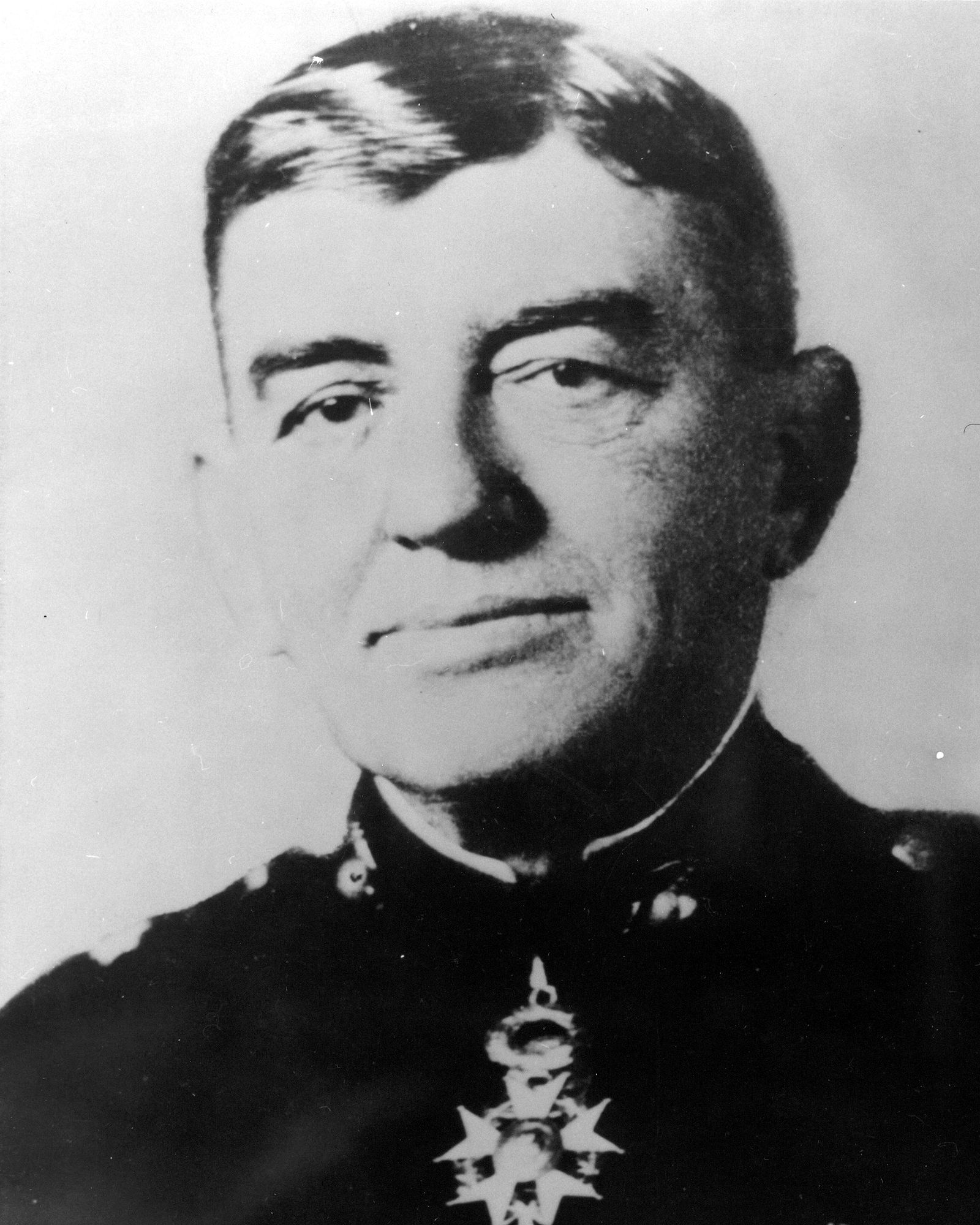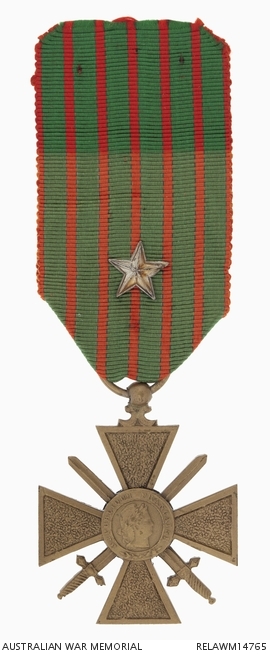John Archer Lejeune
1867 - 1942
 Lejeune was born on January 10, 1867, at the Old Hickory Plantation near Lacour, Louisiana, in Pointe Coupee
Parish. He was the son of Confederate army captain Ovide Lejeune. He attended the preparatory program at
Louisiana State University in Baton Rouge from September 1881 to April 1884, leaving to prepare for the entrance
exam for the U.S. Naval Academy. Subsequently, he secured an appointment as a midshipman at the United States
Naval Academy, from which he graduated in 1888, ranking second academically in his class of thirty‐two
midshipmen. At the completion of a two year cruise as a midshipman, he was appointed to Naval Engineering, but
was desperate to join the Marine Corps. Exhausting all conventional channels, he contacted his senator and
eventually the Secretary of the Navy arranged his appointment to the Marine Corps. He was commissioned a second
lieutenant in the Marine Corps on July 25, 1890.
Lejeune was born on January 10, 1867, at the Old Hickory Plantation near Lacour, Louisiana, in Pointe Coupee
Parish. He was the son of Confederate army captain Ovide Lejeune. He attended the preparatory program at
Louisiana State University in Baton Rouge from September 1881 to April 1884, leaving to prepare for the entrance
exam for the U.S. Naval Academy. Subsequently, he secured an appointment as a midshipman at the United States
Naval Academy, from which he graduated in 1888, ranking second academically in his class of thirty‐two
midshipmen. At the completion of a two year cruise as a midshipman, he was appointed to Naval Engineering, but
was desperate to join the Marine Corps. Exhausting all conventional channels, he contacted his senator and
eventually the Secretary of the Navy arranged his appointment to the Marine Corps. He was commissioned a second
lieutenant in the Marine Corps on July 25, 1890.
Lejeune had a variety of posts

John Archer Lejeune
1867 - 1942

and positions leading up to World War I. He also was promoted several times and by
the World War I began he had been promoted to colonel. With the American entry into World War I in April 1917,
Lejeune assumed command of the newly constructed Marine Barracks, Quantico, Virginia; however, his overseas
service was inevitable, and in June 1918, he arrived at Brest, France. He was promoted to major general on
July 1, 1918 and assumed command of the 2nd Division after its former commander, Major General James Harbord, had
been reassigned to command the AEF's Services of Supply. He was the second Marine officer to hold an Army
divisional command, Brigadier General Charles A. Doyen having previously commanded the division for two weeks.
Lejeune commanded the 2nd Division during the victorious action at the battle of St. Mihiel in September.
During the war, he was recognized by the
 French government as a strategist and leader, as evidenced by the Legion of Honor, and the Croix de guerre
bestowed upon him by France. The C‐in‐C of the AEF, General Pershing, awarded Lejeune the U.S.
Army's Distinguished Service Medal. The U.S. Navy's Distinguished Service Medal
French government as a strategist and leader, as evidenced by the Legion of Honor, and the Croix de guerre
bestowed upon him by France. The C‐in‐C of the AEF, General Pershing, awarded Lejeune the U.S.
Army's Distinguished Service Medal. The U.S. Navy's Distinguished Service Medal
